In the case you want to expand on what topics you offer to employees for training programs, you may want to set up an internal crowdsourcing campaign and leverage subject matter experts.
Here are a few suggestions on how to get started:
Streamline your idea/intake process
If you want to be...






